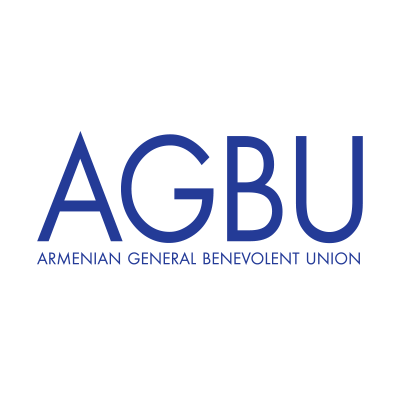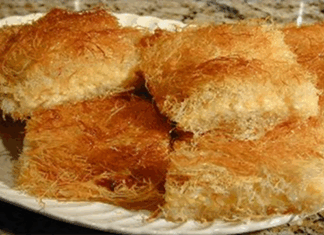Anooshabour means “sweet soup” in Armenian. ”That’s the legend that Armenians recall on their Christmas, January 6, as they eat ‘sweet soup’ in thanksgiving,” wrote reporter Nancy Ayer in the Detroit Free Press in 1955. In her article titled “Noah Liked This Dish, So Try It On Your Family,” Ayer tells the tale of Armenian Christmas pudding and includes a recipe from a Mrs. Charles Boyajian who made and served it with other “Armenian hostesses” at the International Institute in Metropolitan Detroit. Founded in 1919, the nonprofit organization aimed to help immigrants with a variety of services including learning English and “understand each other’s cultures.”
“On Christmas Eve and on Christmas Day this cooled thick pudding is eaten, along with dried fruits served in colorful designs on great platters,” the paper continued. The following recipe is courtesy of the Treasured Armenian Recipes Cookbook published by the Detroit’s Women’s Chapter, Armenian General Benevolent Union, Inc., in 1949. Made with pelted wheat, called “dzedadz” in Armenian, it is soaked in water for several hours, then soaked again in warm water. This fruity, nutty pudding is adored by Armenians and people throughout the Middle East, and has graced holiday tables around the world for centuries and most likely predates Christmas itself.
Ingredients:
1 cup skinless whole grain wheat (pelted wheat or “dzedadz,” also called shelled wheat berries)
1 1/2 cups golden raisins
1 1/2 cups dry California apricots








